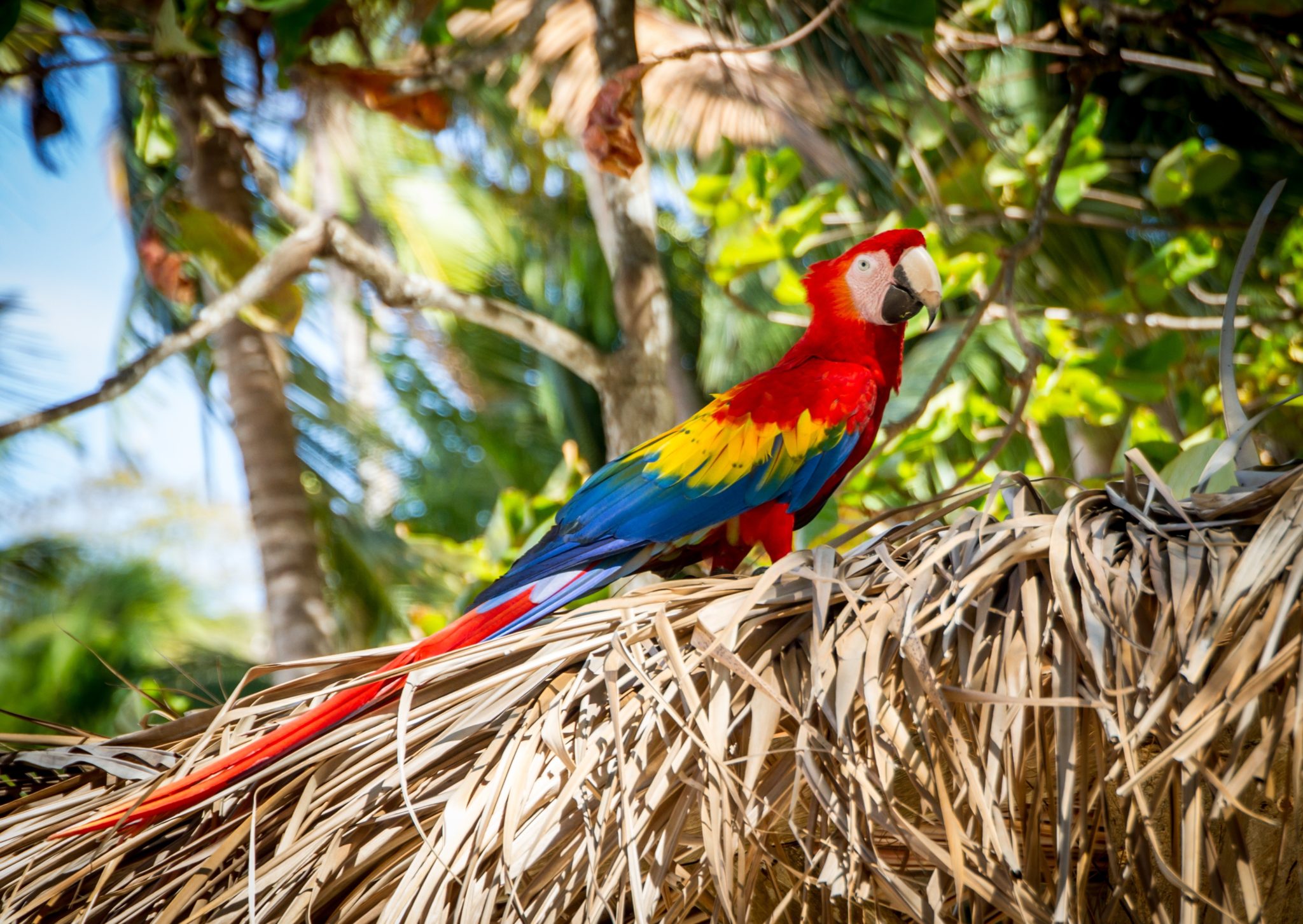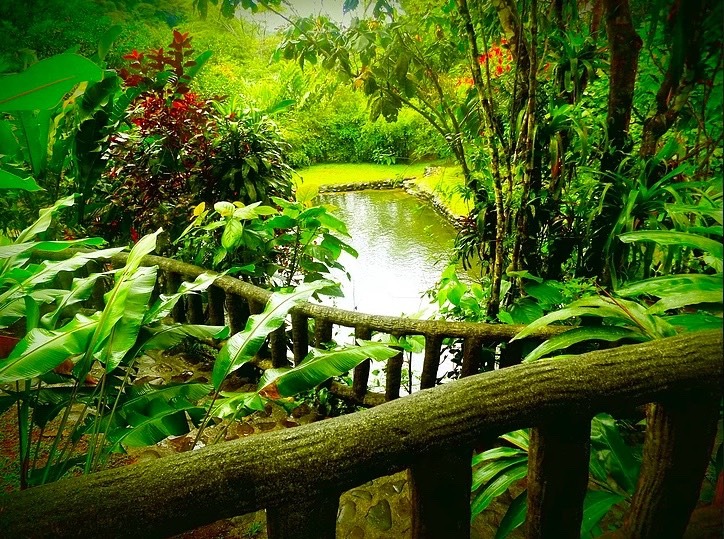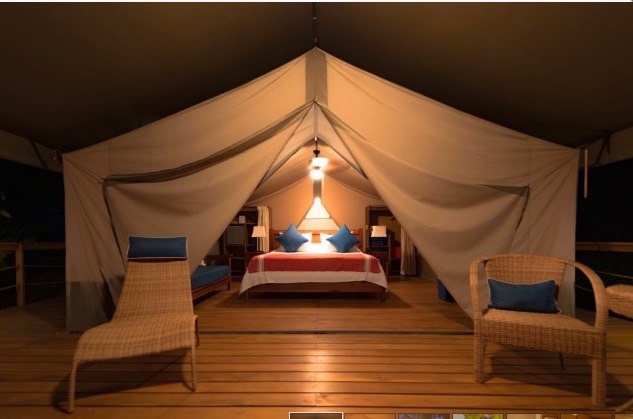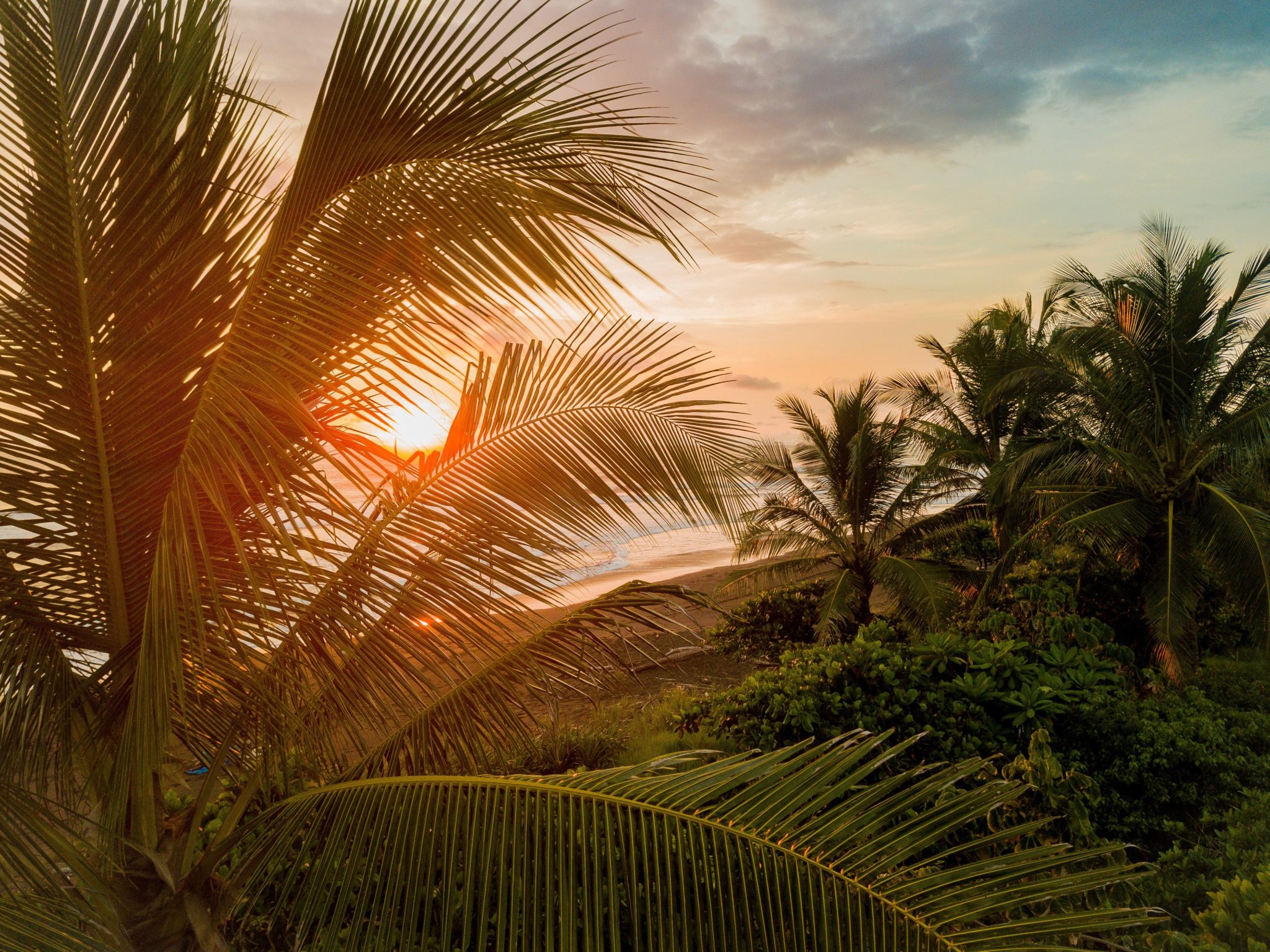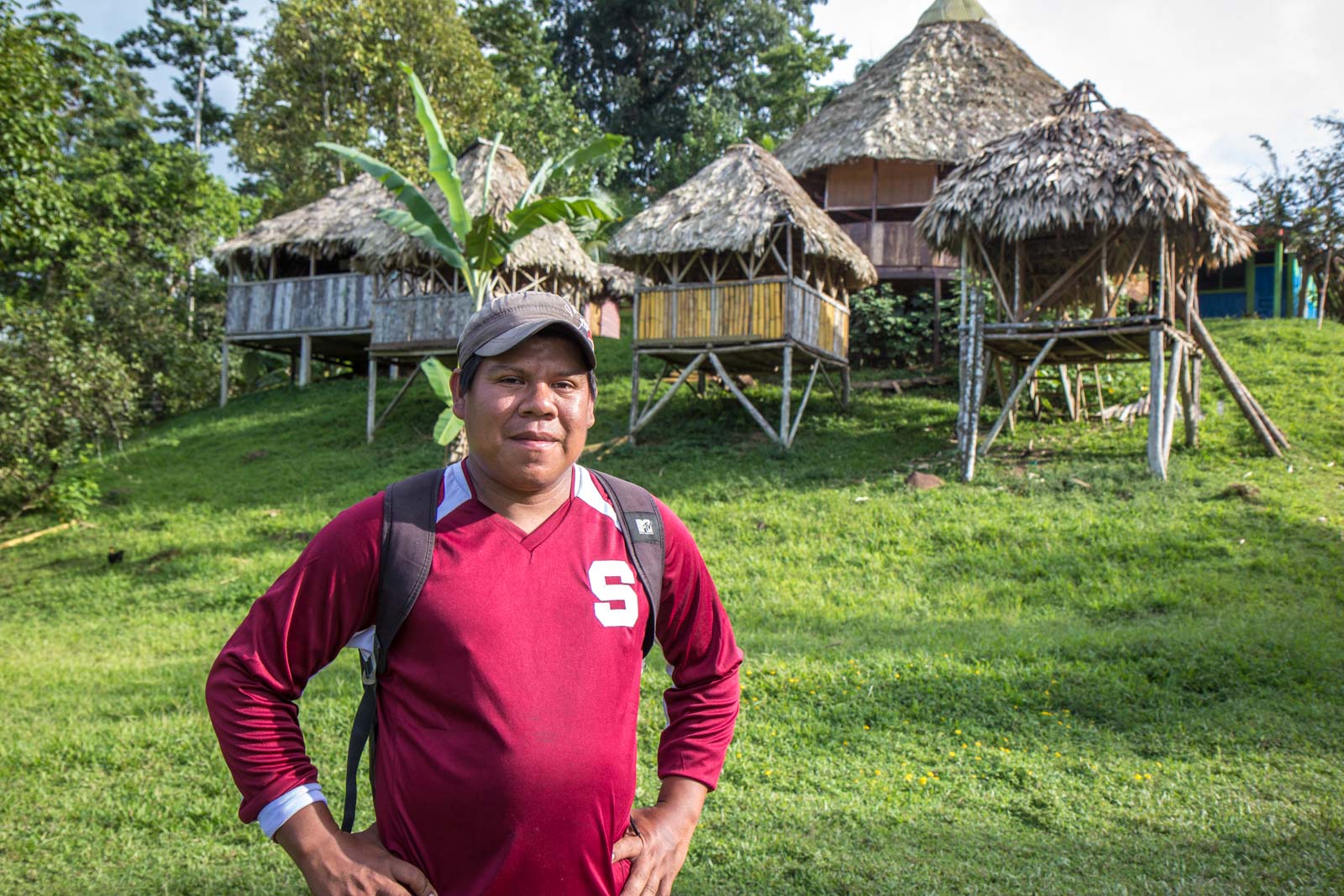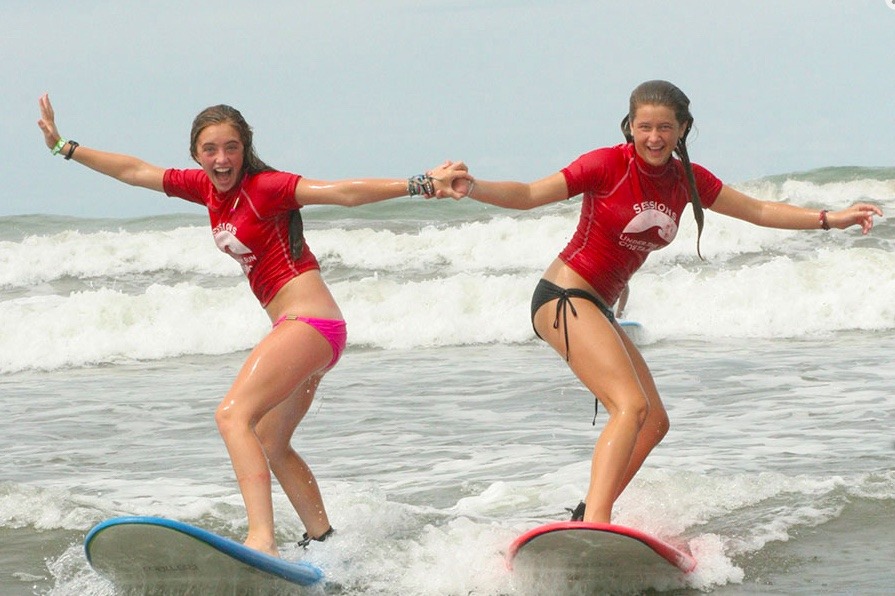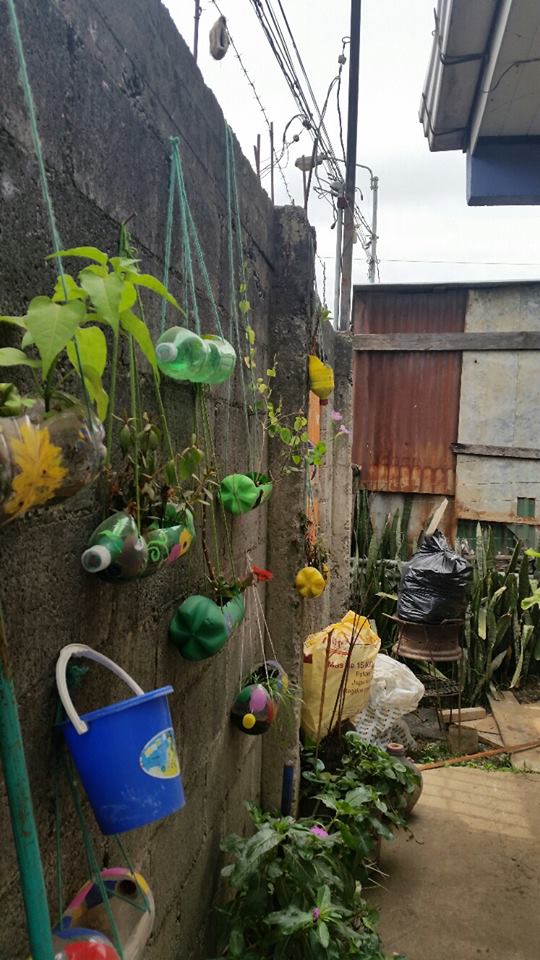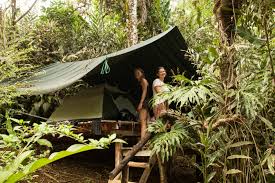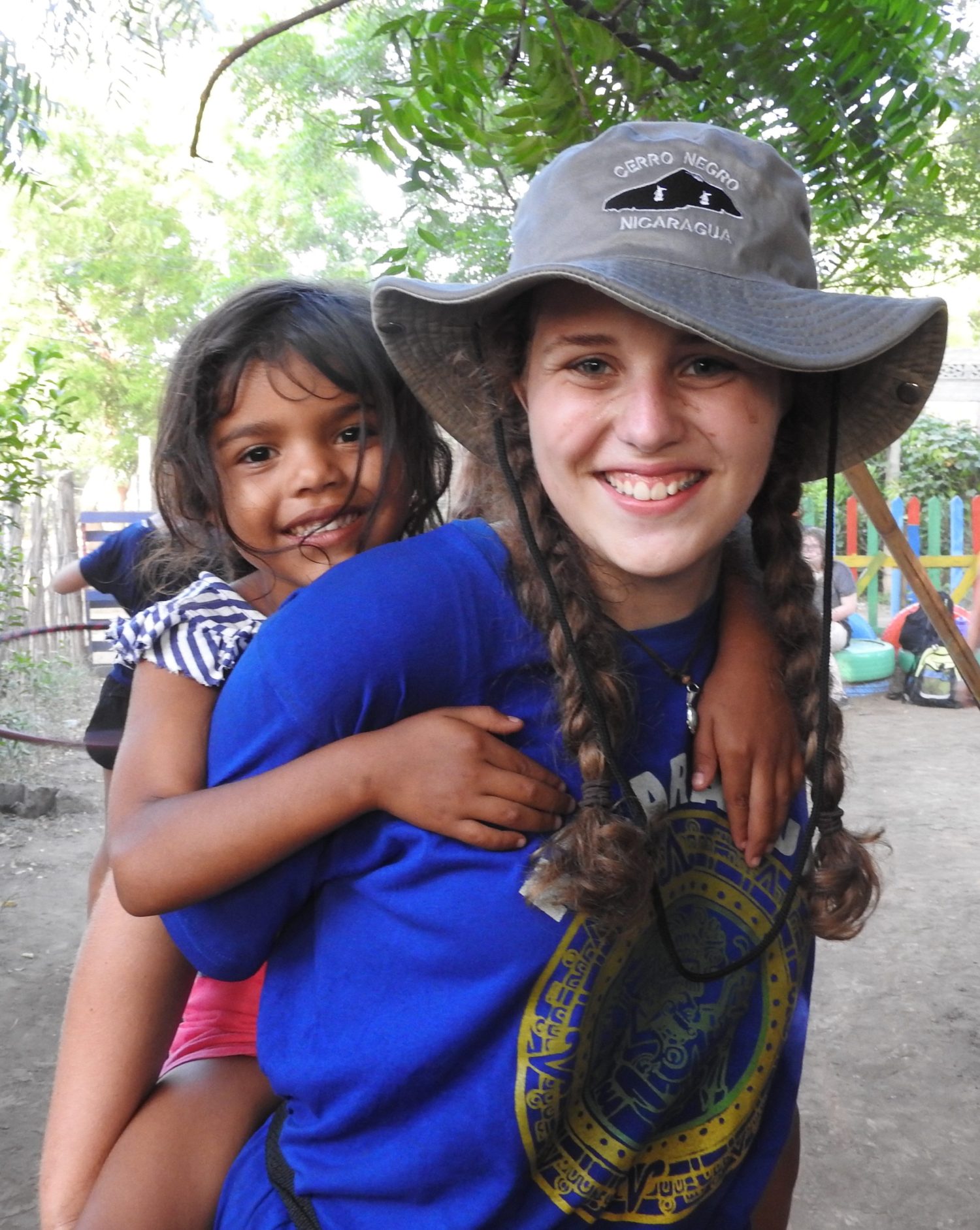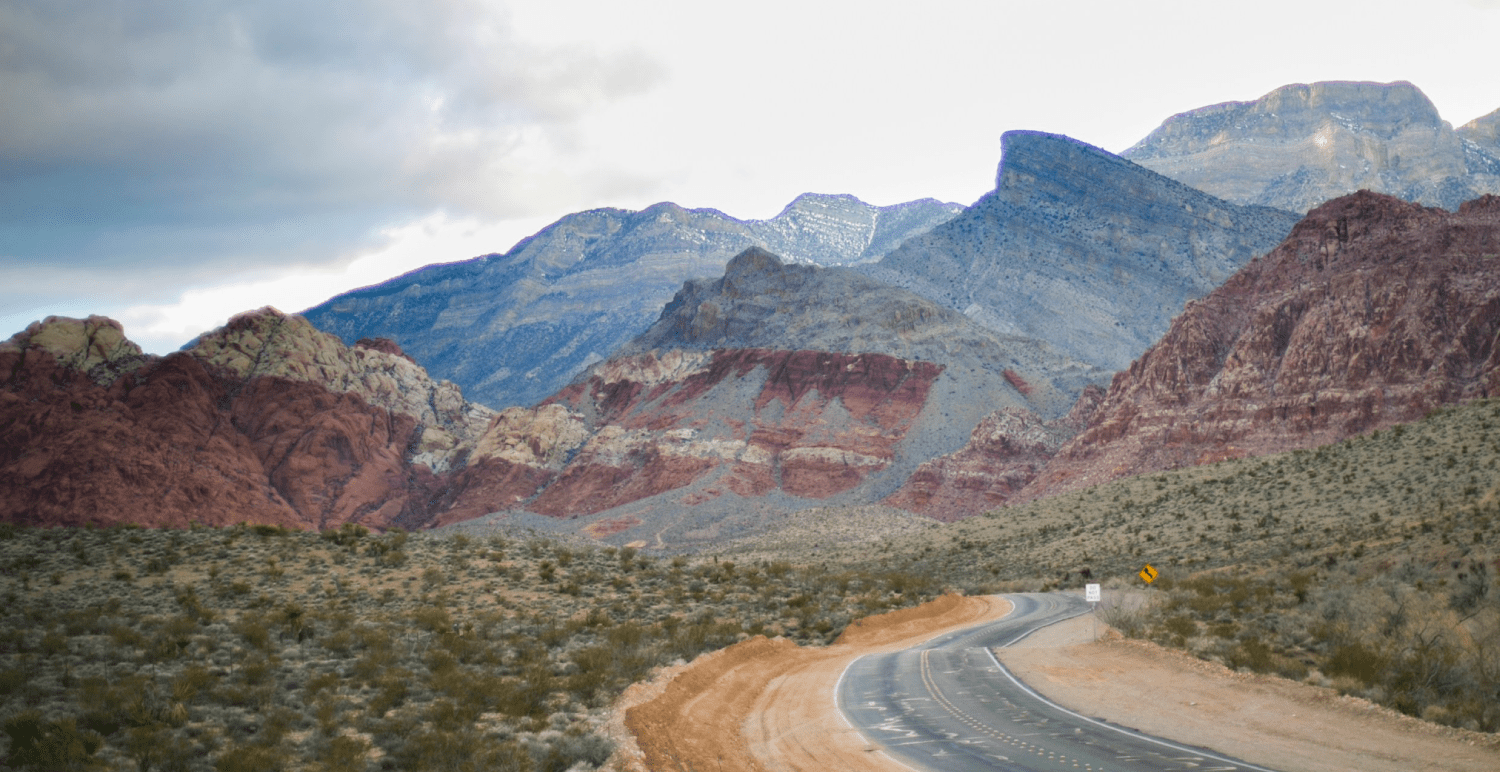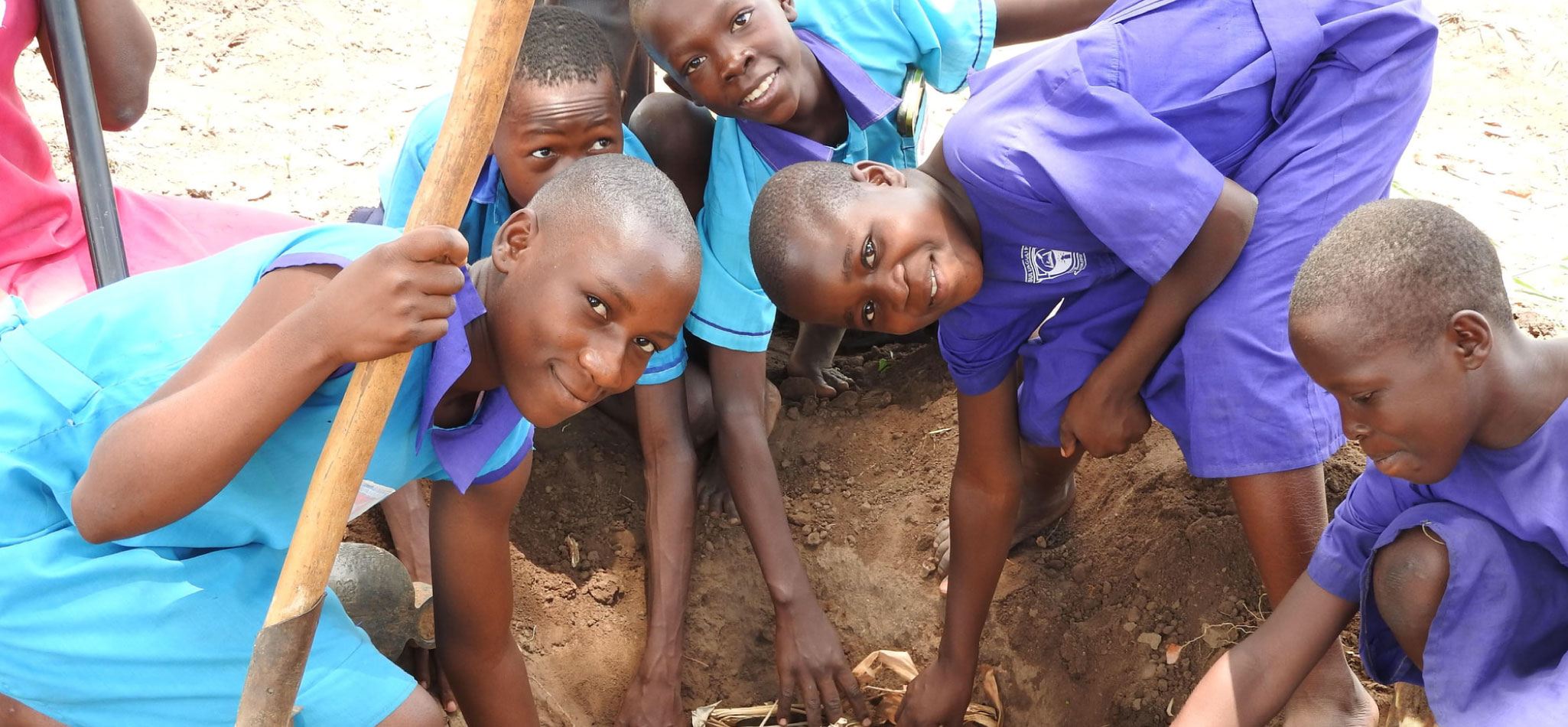Costa Rica has always been a nature lover’s paradise. Residents, known as “Ticos”, are eager to share their beautiful home with all visitors. Volcano-heated hot springs, cloud forests, white sandy beaches, lush river valleys and wildlife including monkeys, sloths, an abundance of bird species, dolphins and whales to name a few, have long enticed adventurers to experience “La Vida Pura”.
Highlights
-
2 days community service with refugees and other vulnerable children learning about refugee issues, teaching English and doing sports development. Possible small project yet TBD.
-
3-day community service with vulnerable populations in Bajamar, learning what’s it’s like to live in poverty and creating theater and art projects with children to help tell their stories.
-
2 educational days in the Cabecar and Bribri indigenous communities
-
Whitewater rafting
-
Manuel Antonio National Park rainforest hike and swim
-
Nauyaca Waterfalls- hiking and swimming in natural pools
-
Surfing and paddle boarding optional activities
Cost:
10-15 people- $2926
16-20 people- $2811
21-25 people- $2724
25-30 people- $2661
31-35 people- $2611
Sample Itinerary: 10 days
| Day | Activity |
|
1 |
|
|
2 |
|
|
3 |
|
|
4 |
|
|
5 |
|
|
6 |
|
|
7 |
|
|
8 |
|
|
9 |
|
|
10 |
|
|
11 |
|
|
12 |
|
|
13 |
|
|
10 |
Depart Costa Rica |
Service
Community Service in La Carpio, San Jose The group will be working with two at-risk communities, including immigrants recently arrived from Nicaragua and other vulnerable populations.
In what was once considered the most poverty-stricken section of La Carpio, near san Jose, is now giving families and children an opportunity to prosper. There’s quality daycare for children whose parents work, weekly medical seminars, playground, high-quality education activities and workshops for women among many other activities. What used to be a sad, dirty, garbage-strewn muddy lane has turned into a peaceful, colorful and hopeful neighborhood. The goal is not only to have children attend school but to have our students get the highest grades in their class.
The center needs more help, especially with the influx of refugees. Teens will teach English classes, do sports development and learn about immigrant issues and discuss possible solutions as well as getting to know the people of La Carpio and hearing their stories.
Community Service in Bajamar
This is an opportunity for teens to learn about the realities of being a refugee and living in poverty. Children in the community are challenged in a series of activities to analyze their own lives and to dream of being more than they have been in the past. This program will culminate in an exhibit in a highly public place at which all the works of art, theater, dance and research of the children and teachers will be shown. The opening night of the exhibit will provide a chance for many different people to express in public what they have gone through or what they hope for in the future.
Teens may or may not be there for the public viewing but they will be a part of practice performances and creating the shows and artwork.
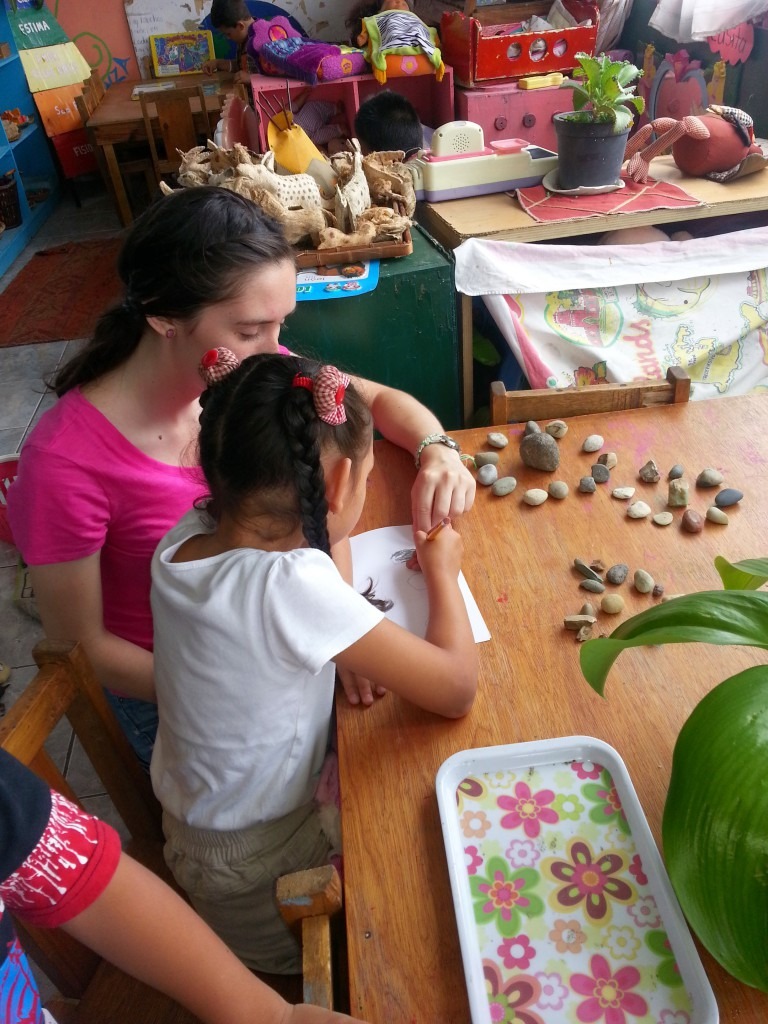

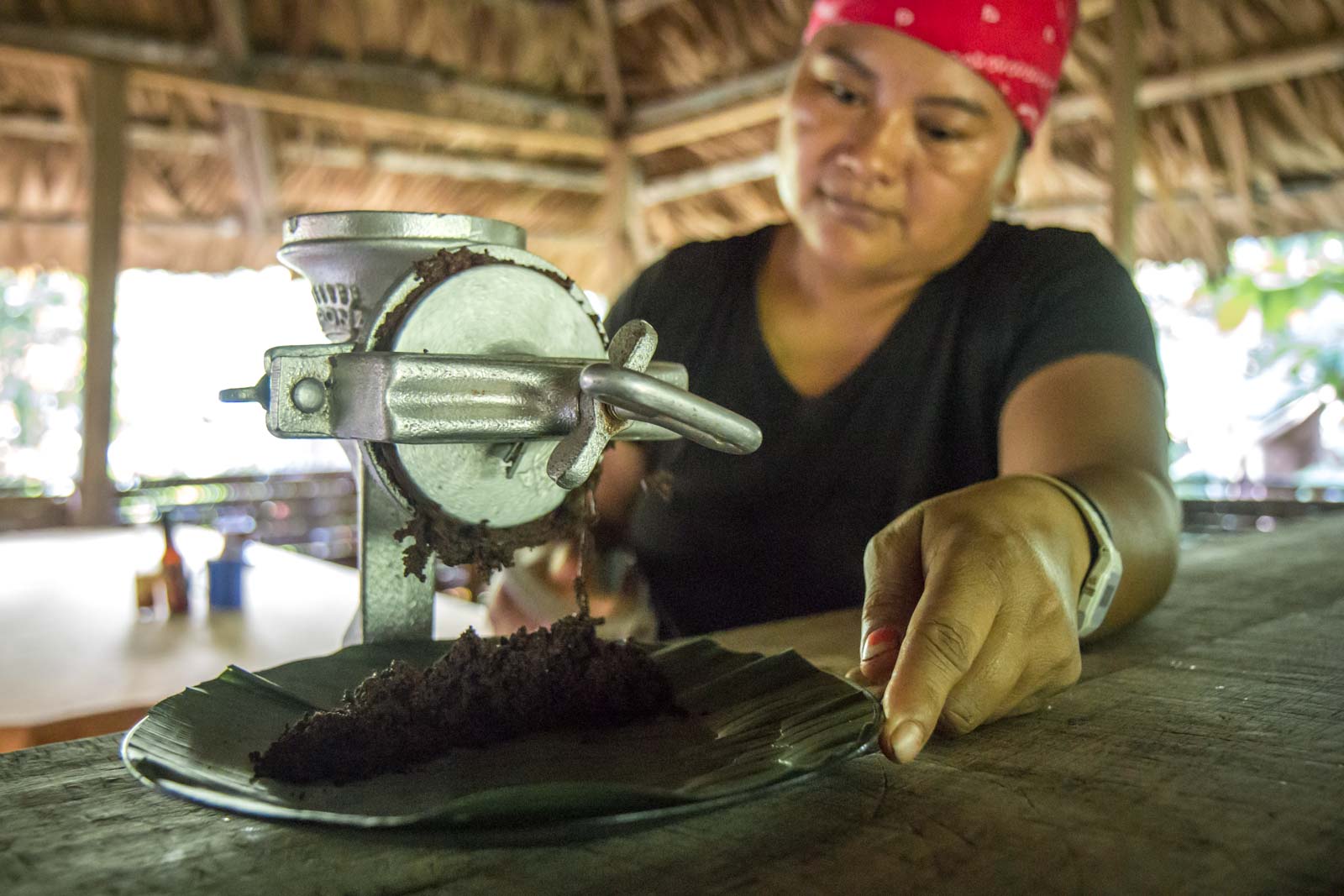
Education
Cabecar Indigenous Community
The Cabecar are Costa Rica’s largest indigenous population, though they are more private and their homes less touristed than other similar communities. The largest remaining Cabecar populations are located in the Talamanca Mountains northwest of Cahuita. The Cabecar typically live apart in isolated family units, surviving off the land and traditions that have sustained them for centuries. Cabecar culture centers around the shaman, who functions as priest, healer, medicine man, and storyteller. Today’s shamans are integral to keeping Cabecar history alive.
Students will learn about the Cabecar culture. They’ll learn things like planting seeds using a stick, making traditional clothing from bark, cooking plantains, carrying babies with a cloth and making traditional dies and medicines. The Cabecar women run this program and have organized themselves to teach each other the different crafts. They hope to send the message that the indigenous people have much to offer us and that they can perceive themselves as true stewards of the earth.
Bribri Indigenous Community
Located in the Talamanca Mountains near Puerto Viejo, the Bribri have preserved their ancestors’ lifestyle. They started a project to allow tourists to visit their community, to teach and to generate an income.
With the project, they allow in a small number of visitors each day to experience life in the community. 40 families take it in turns to host the tourists, cook them meals and talk about their culture.
We’ll do a walking tour and learn about medicinal plant gardens, how to build local homes and how cocoa is made. The cocoa tour teaches visitors about the history and culture of chocolate, a sacred and valuable plant for the Bribri. We’ll also hike to Volio Waterfall, a 50-foot cascade.
Adventure
White Water Rafting
Raft the beautiful La Pacuares River suitable for thrill-seeking paddlers of all abilities. Manuel Antonio National Park – rainforest hike and swim Manuel Antonio National Park contains three beautiful beaches, casual forest trails, and a dense rainforest teaming with animal life. In 2011, it was named by Forbes as one of the world’s most beautiful parks. The two main beaches inside the park, Espadilla Sur Beach and Manuel Antonio Beach are about a 30-minute hike from the main entrance of the park. The beaches of Manuel Antonio are singularly beautiful with stunning, brightly-colored sunsets. The light sand beaches in the coastal park are popular for relaxing, swimming, snorkeling, and surf lessons. The rainforest is filled with wildlife.
Optional Surf lessons and Paddleboarding -Whale Watching in Uvita (August trip only) Enjoy surf lessons and then try it on your own in the beautiful waters of the Pacific Ocean. Other optional ocean activities include horseback riding, paddle boarding, hiking, soaking in the waterfall pools, kayaking and if you’re lucky, you just may see a whale or two. The Costa Ballena (Whale Coast) gets its name from the hundreds of humpback whales that migrate to the region’s warm waters every year to breed and rear young. This is one of the most special areas in the world for whale watching so if you’re visiting Costa Rica during whale season, it is something you won’t want to miss. The best time of year to see humpbacks and their babies is from August to November.

Contact us today, so we can start developing a custom travel opportunity for your organization.


